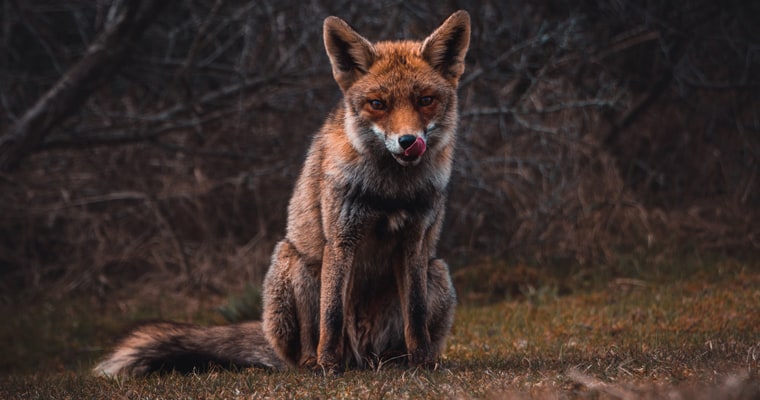
Inquiry into Ecosystem Decline in Victoria
Our submission to the Victorian Parliament’s Inquiry into Ecosystem Decline in Victoria includes recommendations that would see strong progress towards reducing the impacts of invasive species.

Our submission to the Victorian Parliament’s Inquiry into Ecosystem Decline in Victoria includes recommendations that would see strong progress towards reducing the impacts of invasive species.

A letter to the Prime Minister of Australia endorsed by 80 landcare, farming and conservation groups that provides a bridge to recovery jobs package to help with the recovery once it starts.
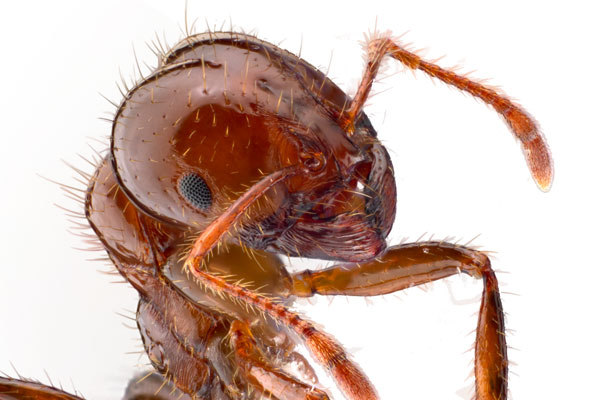
This submission responds to a request for views on the draft National Environmental Biosecurity Response Agreement (NEBRA) released by Australian national, state and territory governments in May 2019.
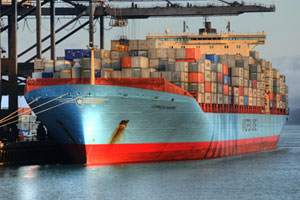
Submitted: April 2019
A submission that responds to questions raised in the discussion paper and argues that the biosecurity levy charged on shipping imports proposed in the 2018 federal budget should proceed.
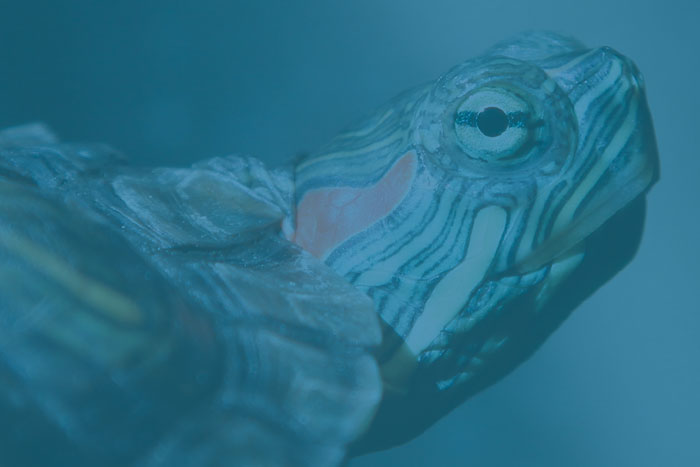
December 2018
Strengthening environmental biosecurity – stopping new species arriving and establishing and limiting the harm caused by the worst invasive species – must be a priority of the highest order to save Australian species.

Submission to the Australian Senate inquiry into the impacts of feral deer, pigs and goats in Australia, November 2018.
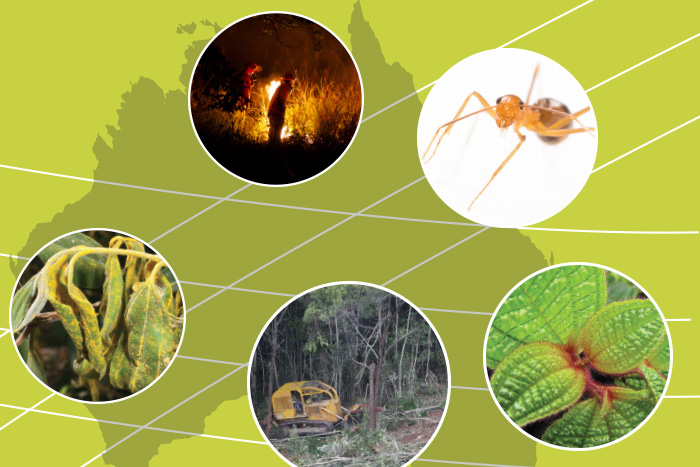
We are producing research and policy analysis to identify weaknesses in Australia’s island biosecurity and environmental legislation. Our report on Australia’s failure to abate biodiversity threats has numerous examples of how we are failing to protect our unique island biodiversity from invasive species.
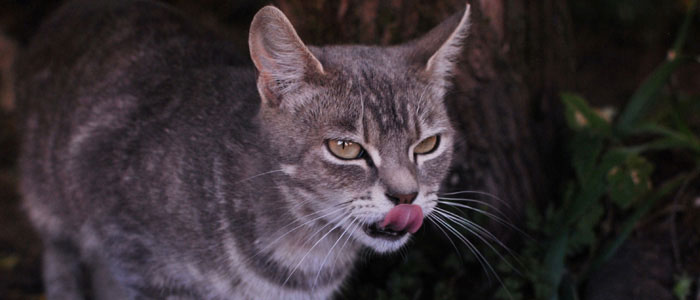
Submitted: April 2018
A joint submission with the Nature Conservation Council of NSW that provides 16 detailed recommendations to strengthen the draft regional pest animal plans and reduce the impacts of pest animals in NSW.

Submitted: March 2018
A submission to Australia’s Strategy for Nature 2018-2030 draft that recommends that the proposed Strategy be discarded and the Biodiversity Working Group produce a more appropriate, comprehensive strategy. Additional recommendations are made.
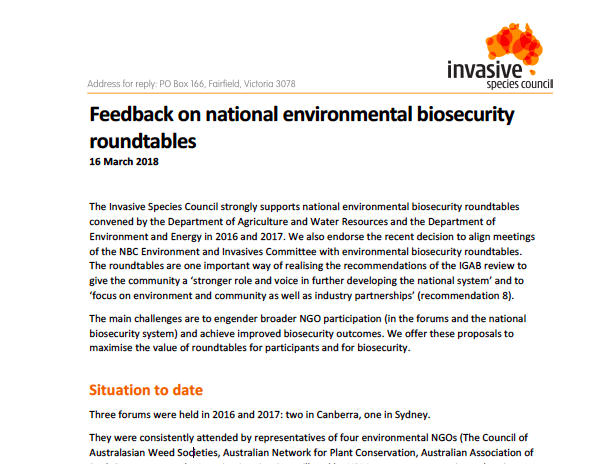
Submitted: March 2018
National environmental biosecurity roundtables were held in 2016 and 2017. A set of eight recommendations are offered to maximise the value of roundtables for participants and to deepen the relationship between government and the community and environmental sector.

Submitted: February 2018
The Invasive Species Council provides feedback on the draft statement that was circulated for public comment at the national biosecurity roundtable and the environmental biosecurity roundtable meetings in November 2017.

Escaped garden weeds like lantana and blackberries are choking our streams and bushland and costing Australia billions.

November 2017
With the Australian Government assuming responsibility for pre-border and border biosecurity there is now potential for Norfolk Island to be an exemplar in conservation-based island biosecurity.
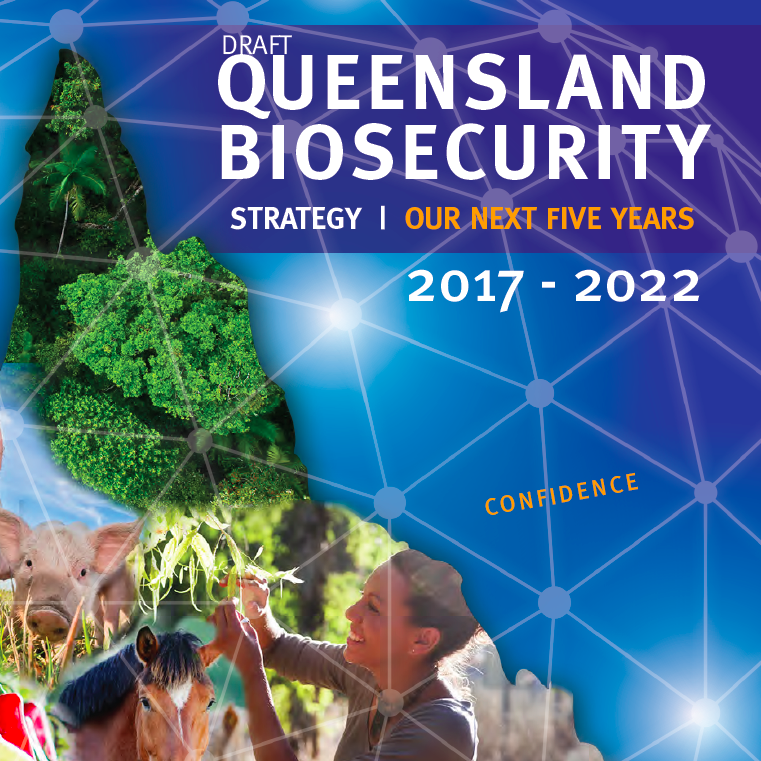
Submitted: July 2017
A joint submission to the draft Queensland Biosecurity Strategy 2017-22 by the Invasive Species Council, Queensland Conservation Council and Wildlife Preservation Society of Queensland. The strategy is broadly endorsed but argues for a greater emphasis on environmental biosecurity and recognition of the limited capacity of the conservation sector.

March 2017
Our best-practice environmental guide for Australian policy makers shows how we can create a biosecurity system that’s properly aimed at delivering real environmental protection on behalf of all Australians.

Our submission to the Victorian Parliament’s Inquiry into Ecosystem Decline in Victoria includes recommendations that would see strong progress towards reducing the impacts of invasive species.

A letter to the Prime Minister of Australia endorsed by 80 landcare, farming and conservation groups that provides a bridge to recovery jobs package to help with the recovery once it starts.

This submission responds to a request for views on the draft National Environmental Biosecurity Response Agreement (NEBRA) released by Australian national, state and territory governments in May 2019.

Submitted: April 2019
A submission that responds to questions raised in the discussion paper and argues that the biosecurity levy charged on shipping imports proposed in the 2018 federal budget should proceed.

December 2018
Strengthening environmental biosecurity – stopping new species arriving and establishing and limiting the harm caused by the worst invasive species – must be a priority of the highest order to save Australian species.

Submission to the Australian Senate inquiry into the impacts of feral deer, pigs and goats in Australia, November 2018.

We are producing research and policy analysis to identify weaknesses in Australia’s island biosecurity and environmental legislation. Our report on Australia’s failure to abate biodiversity threats has numerous examples of how we are failing to protect our unique island biodiversity from invasive species.

Submitted: April 2018
A joint submission with the Nature Conservation Council of NSW that provides 16 detailed recommendations to strengthen the draft regional pest animal plans and reduce the impacts of pest animals in NSW.

Submitted: March 2018
A submission to Australia’s Strategy for Nature 2018-2030 draft that recommends that the proposed Strategy be discarded and the Biodiversity Working Group produce a more appropriate, comprehensive strategy. Additional recommendations are made.

Submitted: March 2018
National environmental biosecurity roundtables were held in 2016 and 2017. A set of eight recommendations are offered to maximise the value of roundtables for participants and to deepen the relationship between government and the community and environmental sector.

Submitted: February 2018
The Invasive Species Council provides feedback on the draft statement that was circulated for public comment at the national biosecurity roundtable and the environmental biosecurity roundtable meetings in November 2017.

Escaped garden weeds like lantana and blackberries are choking our streams and bushland and costing Australia billions.

November 2017
With the Australian Government assuming responsibility for pre-border and border biosecurity there is now potential for Norfolk Island to be an exemplar in conservation-based island biosecurity.

Submitted: July 2017
A joint submission to the draft Queensland Biosecurity Strategy 2017-22 by the Invasive Species Council, Queensland Conservation Council and Wildlife Preservation Society of Queensland. The strategy is broadly endorsed but argues for a greater emphasis on environmental biosecurity and recognition of the limited capacity of the conservation sector.

March 2017
Our best-practice environmental guide for Australian policy makers shows how we can create a biosecurity system that’s properly aimed at delivering real environmental protection on behalf of all Australians.

Our submission to the Victorian Parliament’s Inquiry into Ecosystem Decline in Victoria includes recommendations that would see strong progress towards reducing the impacts of invasive species.

A letter to the Prime Minister of Australia endorsed by 80 landcare, farming and conservation groups that provides a bridge to recovery jobs package to help with the recovery once it starts.

This submission responds to a request for views on the draft National Environmental Biosecurity Response Agreement (NEBRA) released by Australian national, state and territory governments in May 2019.

Submitted: April 2019
A submission that responds to questions raised in the discussion paper and argues that the biosecurity levy charged on shipping imports proposed in the 2018 federal budget should proceed.

December 2018
Strengthening environmental biosecurity – stopping new species arriving and establishing and limiting the harm caused by the worst invasive species – must be a priority of the highest order to save Australian species.

Submission to the Australian Senate inquiry into the impacts of feral deer, pigs and goats in Australia, November 2018.

We are producing research and policy analysis to identify weaknesses in Australia’s island biosecurity and environmental legislation. Our report on Australia’s failure to abate biodiversity threats has numerous examples of how we are failing to protect our unique island biodiversity from invasive species.

Submitted: April 2018
A joint submission with the Nature Conservation Council of NSW that provides 16 detailed recommendations to strengthen the draft regional pest animal plans and reduce the impacts of pest animals in NSW.

Submitted: March 2018
A submission to Australia’s Strategy for Nature 2018-2030 draft that recommends that the proposed Strategy be discarded and the Biodiversity Working Group produce a more appropriate, comprehensive strategy. Additional recommendations are made.

Submitted: March 2018
National environmental biosecurity roundtables were held in 2016 and 2017. A set of eight recommendations are offered to maximise the value of roundtables for participants and to deepen the relationship between government and the community and environmental sector.

Submitted: February 2018
The Invasive Species Council provides feedback on the draft statement that was circulated for public comment at the national biosecurity roundtable and the environmental biosecurity roundtable meetings in November 2017.

Escaped garden weeds like lantana and blackberries are choking our streams and bushland and costing Australia billions.

November 2017
With the Australian Government assuming responsibility for pre-border and border biosecurity there is now potential for Norfolk Island to be an exemplar in conservation-based island biosecurity.

Submitted: July 2017
A joint submission to the draft Queensland Biosecurity Strategy 2017-22 by the Invasive Species Council, Queensland Conservation Council and Wildlife Preservation Society of Queensland. The strategy is broadly endorsed but argues for a greater emphasis on environmental biosecurity and recognition of the limited capacity of the conservation sector.

March 2017
Our best-practice environmental guide for Australian policy makers shows how we can create a biosecurity system that’s properly aimed at delivering real environmental protection on behalf of all Australians.
Get our blog the Feral Herald delivered to your inbox.
Our protected areas are being trashed, trampled, choked and polluted by an onslaught of invaders. Invasive species are already the overwhelming driver of our animal extinction rate, and are expected to cause 75 of the next 100 extinctions.
But you can help to turn this around and create a wildlife revival in Australia.
From numbats to night parrots, a tax-deductible donation today can help defend our wildlife against the threat of invasive weeds, predators, and diseases.
As the only national advocacy environment group dedicated to stopping this mega threat, your gift will make a big difference.
A silent crisis is unfolding across Australia. Every year, billions of native animals are hunted and killed by cats and foxes. Fire ants continue to spread and threaten human health. And the deadly strain of bird flu looms on the horizon. Your donation today will be used to put the invasive species threat in the media, make invasive species a government priority, ensure governments take rapid action to protect nature and our remarkable native wildlife from invasives-led extinction, death and destruction.
If you are having trouble submitting a form, please read this guide.
Please fill out the following form and one of our team will be in contact to assist as soon as possible. Please make sure to include any helpful information, such as the device you were using (computer, tablet or mobile phone) and if known, your browser (Mozilla Firefox, Chrome, Safari etc)
"*" indicates required fields
Dear Project Team,
[YOUR PERSONALISED MESSAGE WILL APPEAR HERE.]
I support the amendment to the Kosciuszko National Park Wild Horse Heritage Management Plan to allow our incredible National Parks staff to use aerial shooting as one method to rapidly reduce feral horse numbers. I want to see feral horse numbers urgently reduced in order to save the national park and our native wildlife that live there.
The current approach is not solving the problem. Feral horse numbers have rapidly increased in Kosciuszko National Park to around 18,000, a 30% jump in just the past 2 years. With the population so high, thousands of feral horses need to be removed annually to reduce numbers and stop our National Park becoming a horse paddock. Aerial shooting, undertaken humanely and safely by professionals using standard protocols, is the only way this can happen.
The government’s own management plan for feral horses states that ‘if undertaken in accordance with best practice, aerial shooting can have the lowest negative animal welfare impacts of all lethal control methods’.
This humane and effective practice is already used across Australia to manage hundreds of thousands of feral animals like horses, deer, pigs, and goats.
Trapping and rehoming of feral horses has been used in Kosciuszko National Park for well over a decade but has consistently failed to reduce the population, has delayed meaningful action and is expensive. There are too many feral horses in the Alps and not enough demand for rehoming for it to be relied upon for the reduction of the population.
Fertility control as a management tool is only effective for a small, geographically isolated, and accessible population of feral horses where the management outcome sought is to maintain the population at its current size. It is not a viable option to reduce the large and growing feral horse population in the vast and rugged terrain of Kosciuszko National Park.
Feral horses are trashing and trampling our sensitive alpine ecosystems and streams, causing the decline and extinction of native animals. The federal government’s Threatened Species Scientific Committee has stated that feral horses ‘may be the crucial factor that causes final extinction’ for 12 alpine species.
I recognise the sad reality that urgent and humane measures are necessary to urgently remove the horses or they will destroy the Snowies and the native wildlife that call the mountains home. I support a healthy national park where native species like the Corroboree Frog and Mountain Pygmy Possum can thrive.
Dear Project Team,
[YOUR PERSONALISED MESSAGE WILL APPEAR HERE.]
I support the amendment to the Kosciuszko National Park Wild Horse Heritage Management Plan to allow our incredible National Parks staff to use aerial shooting as one method to rapidly reduce feral horse numbers. I want to see feral horse numbers urgently reduced in order to save the national park and our native wildlife that live there.
The current approach is not solving the problem. Feral horse numbers have rapidly increased in Kosciuszko National Park to around 18,000, a 30% jump in just the past 2 years. With the population so high, thousands of feral horses need to be removed annually to reduce numbers and stop our National Park becoming a horse paddock. Aerial shooting, undertaken humanely and safely by professionals using standard protocols, is the only way this can happen.
The government’s own management plan for feral horses states that ‘if undertaken in accordance with best practice, aerial shooting can have the lowest negative animal welfare impacts of all lethal control methods’.
This humane and effective practice is already used across Australia to manage hundreds of thousands of feral animals like horses, deer, pigs, and goats.
Trapping and rehoming of feral horses has been used in Kosciuszko National Park for well over a decade but has consistently failed to reduce the population, has delayed meaningful action and is expensive. There are too many feral horses in the Alps and not enough demand for rehoming for it to be relied upon for the reduction of the population.
Fertility control as a management tool is only effective for a small, geographically isolated, and accessible population of feral horses where the management outcome sought is to maintain the population at its current size. It is not a viable option to reduce the large and growing feral horse population in the vast and rugged terrain of Kosciuszko National Park.
Feral horses are trashing and trampling our sensitive alpine ecosystems and streams, causing the decline and extinction of native animals. The federal government’s Threatened Species Scientific Committee has stated that feral horses ‘may be the crucial factor that causes final extinction’ for 12 alpine species.
I recognise the sad reality that urgent and humane measures are necessary to urgently remove the horses or they will destroy the Snowies and the native wildlife that call the mountains home. I support a healthy national park where native species like the Corroboree Frog and Mountain Pygmy Possum can thrive.